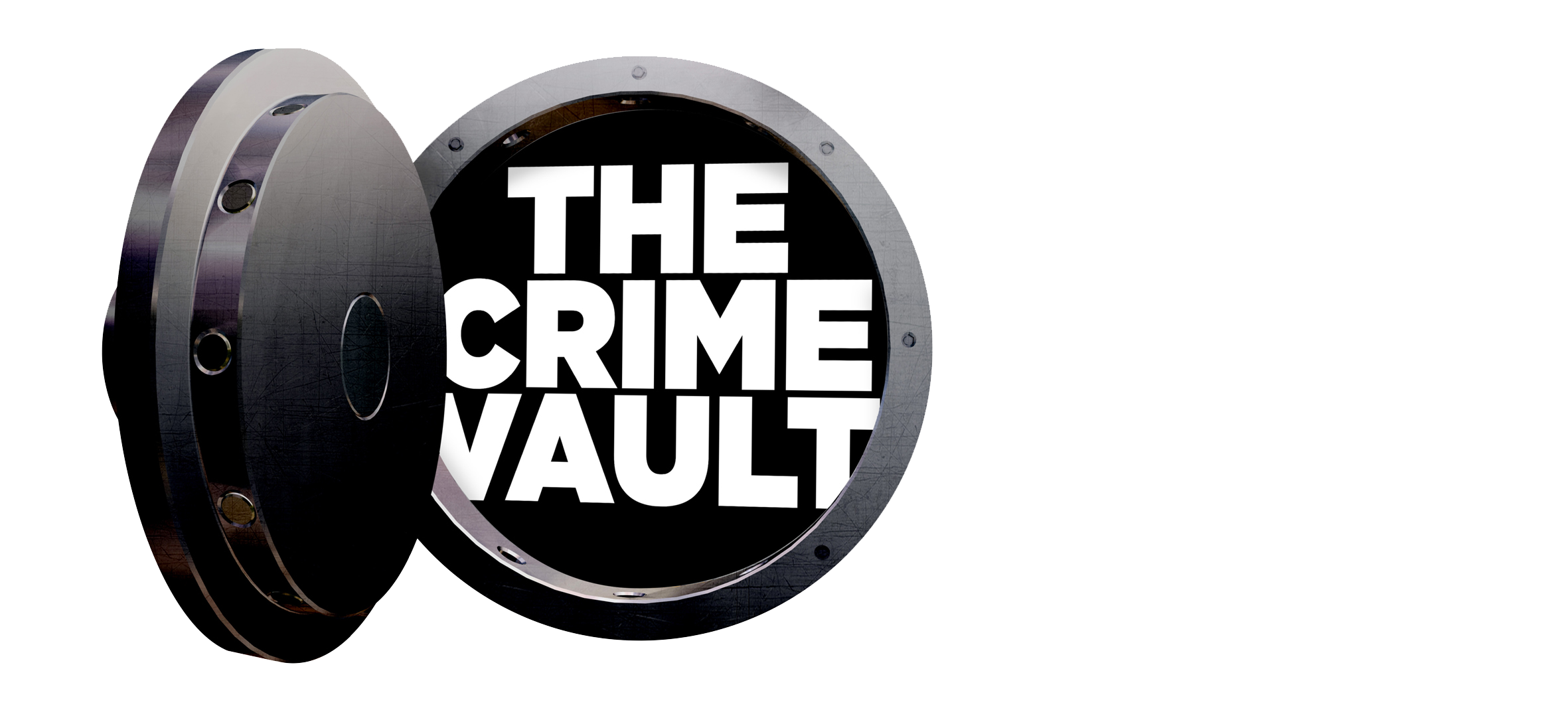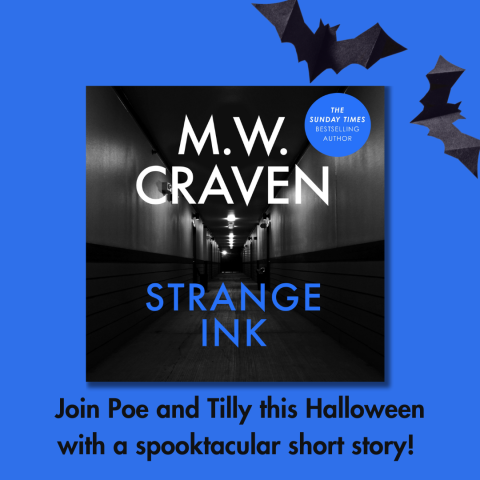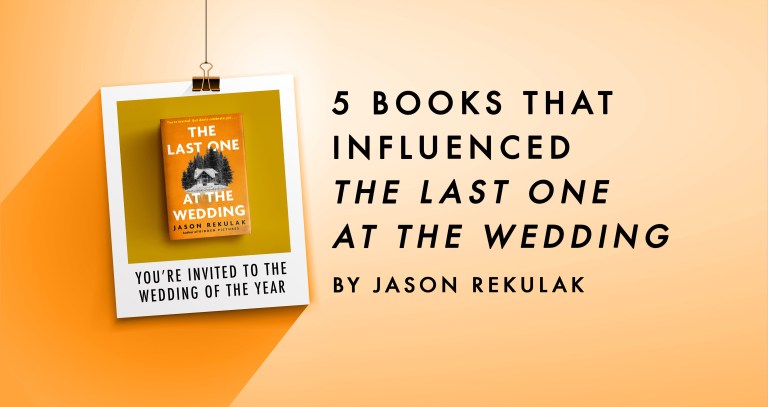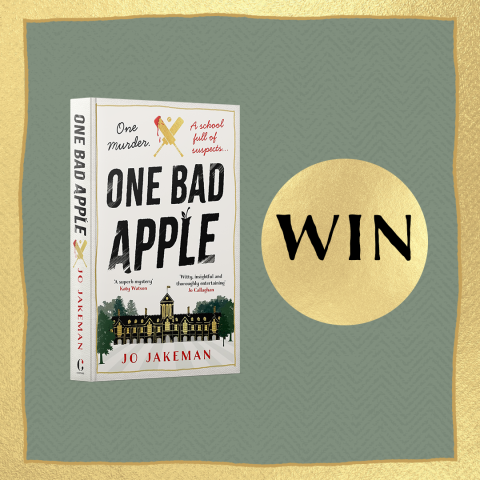Behold The Monster: A Q&A with Jillian Lauren

A Conversation with the Author
You are, yourself, a character in the narrative. How did you decide which parts of your long relationship with Little would be included, and how much of your internal narrative would be shared?
You don’t choose the story. The story finds you. I didn’t set out to unravel the unimaginable carnage of a serial killer, as the news cameras looked on. After two memoirs, the spotlight of public scrutiny had worn on me, and I desperately wanted to write myself out of the center of the narrative.
I always face the blank page with the hubris of already knowing the ending of the story, or at the very least, the beginning. I’m wrong every time. I began with the goal of writing a classic piece of journalistic reportage: eight thousand words for New York Magazine.
My initial interview with Detective Mitzi Roberts had been on a different subject completely. When she told me about a serial killer she had collared, who she suspected of many more murders across the country, I saw a chance to jump on an underreported story and to bring some heat to the failure of the justice system to protect the most vulnerable among us. A chance to do some real good.
I didn’t plan to cast myself as the story’s central lens, but as the events unfolded in real time, my foibles and triumphs, and the relationships I developed along the way, organically took a more central place in the narrative.
Little was inconsistent about admitting his guilt, alternately confessing to stranglings, protesting charges of rape and denying his culpability at sentencing. Was there a rhyme or reason to these stances, or do you think he would say whatever served him best in the moment?
Little was a dyed in the wool psychopath. I believe his inconsistencies were sometimes a result of legitimate confusion. Even with what has been referred to as his ‘photographic memory’, ninety-three victims is a lot to keep straight.
I know sometimes he messed around with certain DAs and detectives on purpose. He could clock a phony from a cell block away and he loved watching people chase their tails.
His memory failed in in specific ways. For instance, he was a poor judge of distance and time. He almost never remembered names. He described many victims as wearing black dresses, but that was often his fantasy, not a memory.
When talking about the years that crack took a hold of him – predominately the eighties in Los Angeles – Little’s memory became more addled. I suspect a couple of the unsolved confessions are actually the same person.
Sometimes he messed with me – gave me a piece of false information to see if I caught on. I believe that by the end of our talks, he was as honest with me as he was capable of being.
It was important to Little that he not be perceived as a woman-beater or a rapist. He insisted to his dying day he never raped or beat a woman in his life – except his long-tern girlfriend Jean. Anyone who said otherwise was a ‘lying whore’. In order to get the cold case murder convictions based on Little’s confessions, Little demanded letters from DAs across the country promising him they wouldn’t seek the death penalty. In most cases, he pled to murder in the first degree in exchange for dropping the rape/kidnapping/you-name-it lesser charges being dropped.
He wanted to be perceived as a killer. He didn’t need to beat or rape women, unless in the rare case they had a ‘poor disposition’. He loved and worshipped women. He wouldn’t accept a narrative that threatened his positive self-concept. He didn’t rape women – he didn’t need to. More to the point . . . he couldn’t. It was nearly impossible for him to become sexually aroused when not engaged in strangulation.
Some stories changed, some were remarkably consistent. Some drawings looked identical to the identified victims, some looked nothing of the sort.
Still, a remarkable sixty-one cases have been cleared. The information he provided, consistent or not, combined with the tireless work of detectives, the DOJ and the FBI across the country have proved fruitful.
The basic answer: every interaction was a transaction. So, yes, he said what served him best in the moment. What served him best in this case was this series of jailhouse confessions. He spent his last days getting attention and McDonald’s breakfasts.
How does your previous writing compare to writing true crime? What were the most surprising similarities and differences when you started writing?
I write in all genres. I even pulled some of my old published poetry off the shelf the other day! I’m working a lot in the screenplay world. This true crime book is itself a hybrid of genres. At the center of all my work is the desire to reach toward universal themes.
The real difference was in the exactitude of the research and investigation process. I’ve always been a little more loosey-goosey, and all of a sudden, I was facing police reports, and interviewing famous neuroscientists, storied LAPD cops, victim’s families . . . Subjects that took delicacy, empathy, determination, fighting through departmental bullshit. Learning criminal law on the fly was pretty interesting! I had forty, white, four-inch, three-ring binders lining a wall of my office, all organized by victim, by public records and family interviews.
I felt beholden to these women. I had seen the lists and lists of Jane Does. I was compelled to follow the story to its end and hopefully help to restore the names and dignity of the victims.
Little often seems to have taken an antagonistic tone towards you during your dialogues. Did you ever actually lose your cool with him? How did you keep your composure across all of the conversations?
Little was a boxer in his youth, and at any moment he could throw a surprise jab, metaphorically that is. He only ever threw a real jab at me once and missed my cheekbone by an inch. He did that because I stepped over the line. I disagreed with him. As many murders to which he, often gleefully, recounted to me in great detail, he maintained his innocence around the three LA victims for which he was finally put away for good. They set him up. He could rant about it for hours.
I told him he wasn’t set up, he was caught, and those are different things. He did kill those women and I knew it. That was when he threw the jab.
Sam got belligerent when he felt a loss of control. He was constantly hustling something from someone. Charging ‘fans’ money for his handprints. The dick tracings were free though, I hear.
In my final conversations with him, he was ragged voiced and paranoid, and asking me to put ten dollars on his books. Did I forget about him? Was I a lying bitch like all the rest of them in the end? After all, I had been a ‘ho’, as he never ceased to remind me. Usually in response to me calling him a ‘homicidal maniac’.
There were so many conversations, and we had a unique way of talking to each other: secret code words and nick names and songs. It’s the most effective way I know to get in the ring with a psychopath.
As my aunt said, ‘He’ll steal the shirt off your back, tell you he’s stealing the shirt off your back, and yet you will feel inexplicably compelled to give him the shirt.’
I wouldn’t say I kept my composure all the time. I made a hundred mistakes. The thing that kept me going was a powerful sense of meaning.
Samuel Little died of Covid in prison. He left me his worldly possessions, including . . . $1,047.99.
Till the end of his days he had plenty of money, and he still hustled me for ten dollars.
How do you talk to someone like that? Don’t lie if you can help it, don’t bore them, know what you ultimately want and play the game that gets you the answer.
What was your very first thought when you were able to successfully match Little’s account of Alice to her cold case?
I write this from the spot in which I sat when I received the call from retired LAPD detective, Rick Jackson, who had rung up the Long Beach police department for me as a favour. They’re more likely to talk to a cop.
Rick had been following the Alice case with me – he used it to teach me how to properly read between the lines of a police report. We drove around South LA together, seeking landmarks, interviews, signposts to the murder scenes, body dumps, clubs and pool halls long closed down.
Rick set the scene for me, he’s a master storyteller, and then said, ‘Are you sitting down?
The case is open. The victim is identified. Her name is Alice Denise Duvall.’
The endorphins swimming in my head were like helium, lifting me from the couch. Rick got off the phone to call them back. I cried and hugged my assistant. Checked and double checked all my information. We’d done it.
There are so many failures along the way: in writing, in life, with justice. Solving Alice’s murder was a thrill and then a crash. This was a horribly murdered woman. I’ve since become close with Alice’s family, and they buoy me with their support, and encouragement.
What draws you to true crime as a reader and writer? What perspective does the genre give you?
I’ve always been fascinated by criminal deviance. Helter Skelter, off my parents’ shelf was the gateway drug for me, and In Cold Blood sealed the deal. Stories about murder have built-in high stakes. We can’t turn away. I’ve encountered the perspective that true crime is exploitative by nature. I disagree. Violence isn’t monstrous, it’s all too human. As a reader and writer of true crime, I am able to explore the stories of those existing on the fringes of society and see up close both the failures and progress of the criminal justice system. It has been a harrowing ride, and one of great personal significance. I’m afraid I’m hooked.






